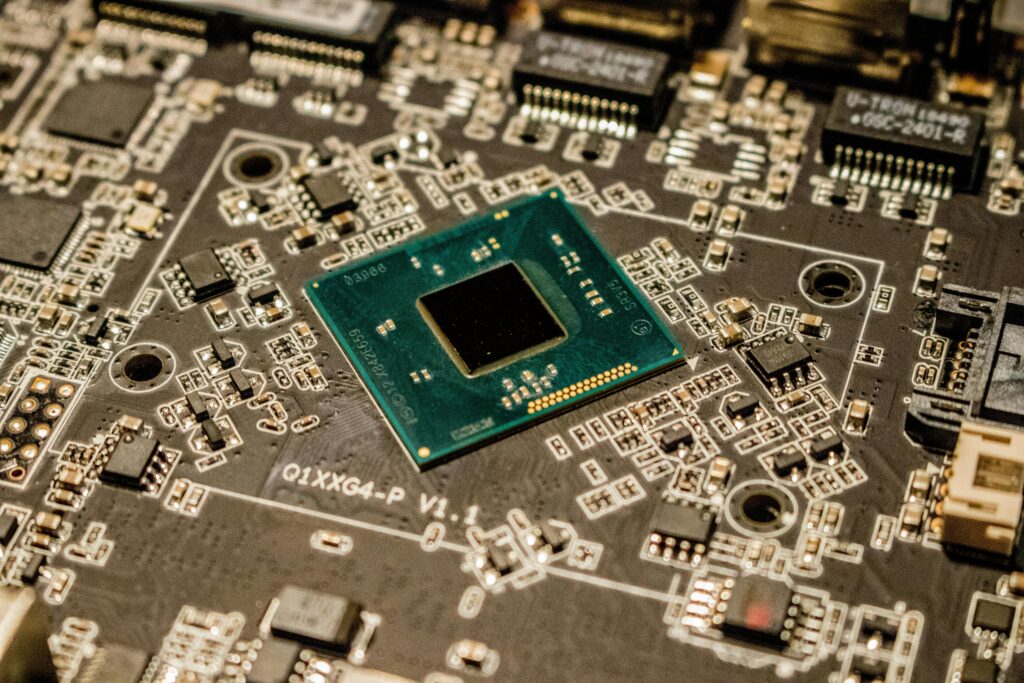Elon Musk’s second brain implant
To try to control the computer's cursor with thought

A second person has received a brain-computer interface (BCI) implanted by the company Neuralink, and another eight could receive one this year, according to Elon Musk, owner of Neuralink. Apparently, this second implant is working relatively well, since 400 of the 1,042 electrodes are sending signals from the brain. There is little data about the surgery performed, as well as about the recipient; it is only noted that he has a spinal cord injury, as was the case with Noland Arbaugh, the first individual to receive a BCI implant from the company Neuralink, based in California. What remains to be seen is whether this time the many mechanical difficulties that the implantation of the first device in January had can be avoided. “It is a necessary advance,” says Sameer Sheth, a neurosurgeon and neurotechnology researcher at Baylor College of Medicine in Houston, Texas. “I hope they can continue to do this safely. They can contribute a lot to human health and disease.”
This is the third commercial BCI implant in humans. They have called it Telepathy. While the previous ones have a set of electrodes that are fixed inside a blood vessel in the brain or placed on the brain tissue, Telepathy is installed in a hole made in the skull. It consists of an electronic device the size of a coin and, from it, 64 flexible threads travel through the membranes and fluids that surround the brain, to reach the cerebral cortex of the person. These threads are introduced into the motor cortex, which is the brain region that controls movement, by a surgical robot. Dongjin Seo, co-founder and president of Neuralink, said that the operation lasts between 20 and 40 minutes. Since each thread has 16 recording sites, this makes a total of 1,024 electrodes capable of recording neuronal activity and sending signals via Bluetooth to an external device.
Noland Arbaugh, paralyzed from the neck down in a diving accident in 2016, was the first recipient of a Neuralink BCI implant. After the implant, he was able to control the computer cursor, but a month later, 85 percent of the wires that collect neural activity retracted, thereby diminishing the device’s capabilities. This was “very, very difficult.” “It would have been a cruel twist of fate if I could have seen the view from the top of this mountain and then it all collapsed after a month,” Arbaugh said.
Neuralink experts then modified the recording algorithm that transforms what is received from the neurons into instructions that are passed on to the computer. The first version recorded the activity of each neuron; this second version records the average activity of neurons close to an electrode. According to Neuralink’s director of neurosurgery, an air pocket occurred during the first surgery that likely caused the electrodes to come loose. In this second surgery, they tried to avoid the formation of these pockets and sculpt the hole in a different way so that the electrodes are rolled deeper into the cerebral cortex.
Vikash Gilja, scientific director of the competing company, BCI Paradromics, from Texas, points out the need to clarify whether the device is stable and durable. Gilja says that the brain “does not remain still, static, in relation to the skull” but moves when the person moves or breathes. We do not know if this movement affects the wires of the electrodes that reach the brain through the membrane called the dura mater, he says.
We also do not know the stability of the components of the electrodes that Neuralink works with. “You only understand the time constants when you are in the human body,” says Gilja and recommends studying the devices for years.
Recently, Musk said that Neuralink plans to offer frequently renewed devices. To implant them, neurosurgery would be necessary on each occasion. Paradromics, on the other hand, is calling for “as long an interval as possible between successive neurosurgeries,” says Gilja.
Neuralink’s goal, Musk said, is to achieve a BCI that would make it possible for humans to enter into symbiosis with artificial intelligence. He also made a prediction about how BCIs will help people suffering from cognitive impairment, psychosis or seizures, which Sheth considers a much bigger challenge than moving a computer cursor. He also adds that talking about human enhancement requires careful study and exchange of ideas.
Anna Wexler, a neuroethicist at the University of Pennsylvania in Philadelphia, says that these claims could confuse research participants, and comments: “They certainly raise questions about what it is that draws these people to research and what they understand about what is being presented to them.”
Indeed, it is one thing to try to restore a person’s natural functions and another to try to modify their nature in order to improve it in some way. This is what the ideology called Transhumanism and Posthumanism is all about. In the end, theoretically, we would stop being human and become a kind of cyborg. There is talk of transferring the information contained in the human brain to a computer, which is interesting for a science-fiction movie script, but it does not seem possible from a truly scientific perspective.
Let us hope that these advances will help to obtain possible therapies for people with neurological pathologies, without leading to the fallacy of trying to transform the human being into something new that no one knows what it would consist of.
Related

His Hope Does Not Die!
Mario J. Paredes
24 April, 2025
6 min

The Religious Writer with a Fighting Heart
Francisco Bobadilla
24 April, 2025
4 min

Francis. The Human and Religious Imprint of a Papacy
Isabel Orellana
24 April, 2025
5 min

Cardinal Felipe Arizmendi: With the Risen Christ, There Is Hope
Felipe Arizmendi
24 April, 2025
6 min
 (EN)
(EN)
 (ES)
(ES)
 (IT)
(IT)

